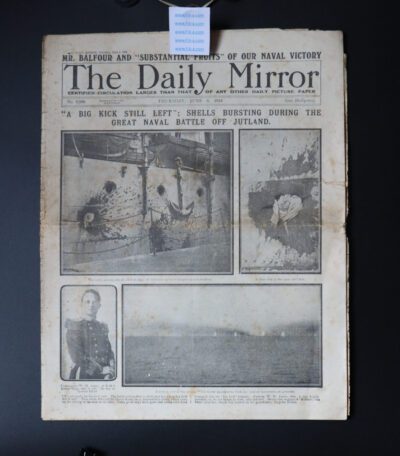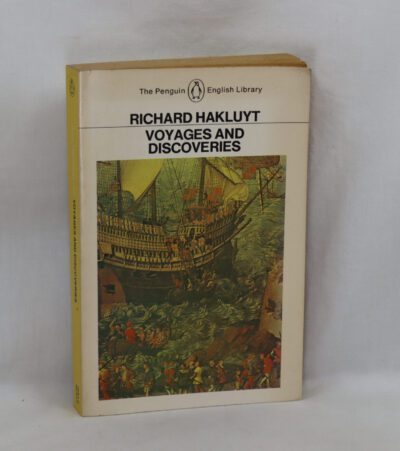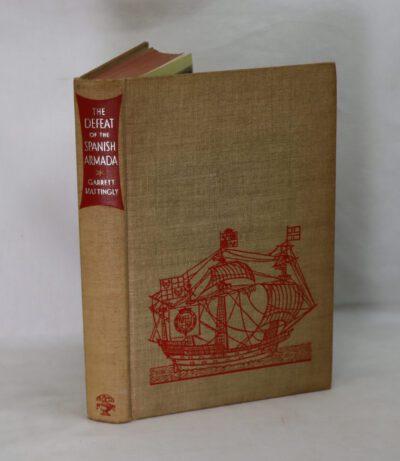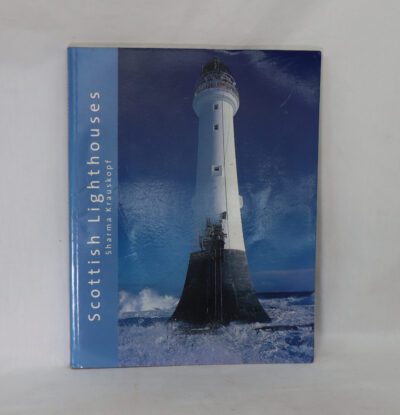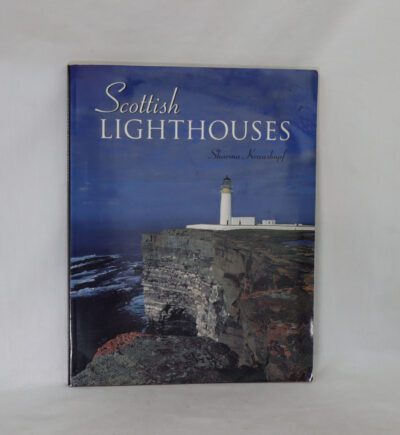Captain H Wilson's Account of the Pelew Islands.
By George Keate
Printed: 1788
Publisher: Captain H Wilson.
| Dimensions | 26 × 32 × 4 cm |
|---|---|
| Language |
Language: English
Size (cminches): 26 x 32 x 4
Condition: Fine (See explanation of ratings)
FREE shipping
Your items
Item information
Description
Brown leather binding with raised banding, black title plate and gilt title on the spine.
-
We provide an in-depth photographic presentation of this item to stimulate your feeling and touch. More traditional book descriptions are immediately available.
-
Note: This book carries the £5.00 discount to those that subscribe to the F.B.A. mailing list.
An Account of the Pelew Islands, Situated in the Western Part of the Pacific Ocean. Composed from the Journals and Communications of Captain Henry Wilson, and Some of His Officers, Who, in August 1783, were there Shipwrecked, in the Antelope, a Packet Belonging to the Honourable East India Company.
Hardcover. Condition: Very Good+. Second edition. Brown calf, handsomely rebacked, with gilt-stamped ornate rules and details on spine. 378, plus frontis., folding map, and 12 plates (one of which is folding). Text block is nice and clean, with side margins. An unique, handsome copy.
George Keate (1729–1797) was an English poet and writer. He was a versatile author, also known as an artist, who travelled and became a friend of Voltaire. He was the son of George Keate of Isleworth, Middlesex, who married Rachel Kawolski, daughter of Count Christian Kawolski. He was born at Trowbridge in Wiltshire, where his father had property, on 30 November 1729 (according to Daniel Lysons, his baptism was not entered in the Isleworth register until 29 November 1730). Together with Gilbert Wakefield, William Hayley, Francis Maseres, and others, he was educated by the Rev. Richard Wooddeson of Kingston upon Thames.
On leaving school Keate was articled as clerk to Robert Palmer, steward to the Duke of Bedford. He entered the Inner Temple in 1751, was called to the bar in 1753, and made bencher of his inn in 1791, but never practised the law.[The following sentence refers to his grandson listed below in “Family”.]In 1850, Henderson inherited his family’s money when his mother died. Keate’s money came from the dozens of houses that his family owned in Whitechapel. Eight years after his death the income was worth £700 per year.
For some years Keate lived abroad, mainly at Geneva, where he met Voltaire, and in 1755 he was at Rome. After settling in England Keate began to write. He was in turn poet, naturalist, antiquary, and artist. A founding member of the Society of Artists in 1761, he was one of those who left it for the Royal Academy in 1768. He was elected Fellow of the Society of Antiquaries of London and Fellow of the Royal Society in 1766.
Fanny Burney describes Keate in her Early Diary, especially his habit of talking about his own works. Other stories of Keate are in Richard Brinsley Peake’s Memoirs of the Colman Family, and Mary Delany in her Autobiography describes visiting his museum in 1779.
Account of the Pelew Islands, from the Journals of Captain Henry Wilson and some of his officers, shipwrecked there in the Antelope in August 1783, 1788. This work was based on the account of Henry Wilson. It was often reprinted (with a supplement by John Pearce Hockin in 1803), including in an abridged version, and was translated into French (1793) and German (1800). The French translation has been attributed to Mirabeau.
Henry Wilson (1740–1810) was an English naval captain of the British East India Company, from Rotherhithe. He was in command of the British East India Company packet ship Antelope, when it shipwrecked off Ulong Island, near Koror Island in Palau in 1783, and the East Indiaman Warley at the Battle of Pulo Aura.
Voyage of 1783: The context was the Fourth Anglo-Dutch War; normal routes from China westwards for British shipping were hampered by the Dutch East Indies. The Antelope had been returning from Macau by the “Eastern Passage”, a route designed to avoid the south-west monsoon, but had strayed too far in the easterly direction.
On the north coast of New Guinea Wilson anchored in the vicinity of the Schouten Islands. After some dialogue over two days with Papuan inhabitants who came out to the ship, in which Wilson used vocabulary collected by Thomas Forrest at Dory Harbour, Wilson felt the numbers he faced were threatening. He used small arms to deter them, and the crew of the Antelope was attacked, an encounter in which the artist Arthur William Devis was injured. The wreck on Ulong followed.
Although Spain had claimed the islands previously, Wilson’s crew made the first sustained contact, which was friendly. One of the crew of the Antelope knew Malay, allowing contact to be made with the ibedul on Koror, whom Wilson treated as a local king, somewhat misapprehending his status, which was more like an elected official. While his men spent three months rebuilding the ship, Wilson entered an effective alliance with the ibedul in conflicts with Melekeok and others. One of the Antelope’s guns proved decisive, shipped in a boat and discharged with powder alone.
Return to England: Prince Lee Boo from Palau returned to England with Wilson and lived with his family in Rotherhithe. Unfortunately, after a few months he died of smallpox in 1784 Much interest in Palau followed. Wilson’s collection of curiosities, that were exchanged with the ibedul and form the earliest known group of Palau artefacts, are held by the British Museum. George Keate wrote an account of Wilson’s experiences in 1788, a book heavily influenced by the current conceptions concerning the “noble savage”. The book became quite popular. “Between 1789 and 1850, more than 20 English and a dozen foreign-language editions were published in different countries.” The East India Company turned attention from Mindanao as a possible outpost to the New Guinea archipelago, and John McCluer went from Bombay to Palau in 1790 as hydrographer.
Condition notes
Want to know more about this item?

Share this Page with a friend















